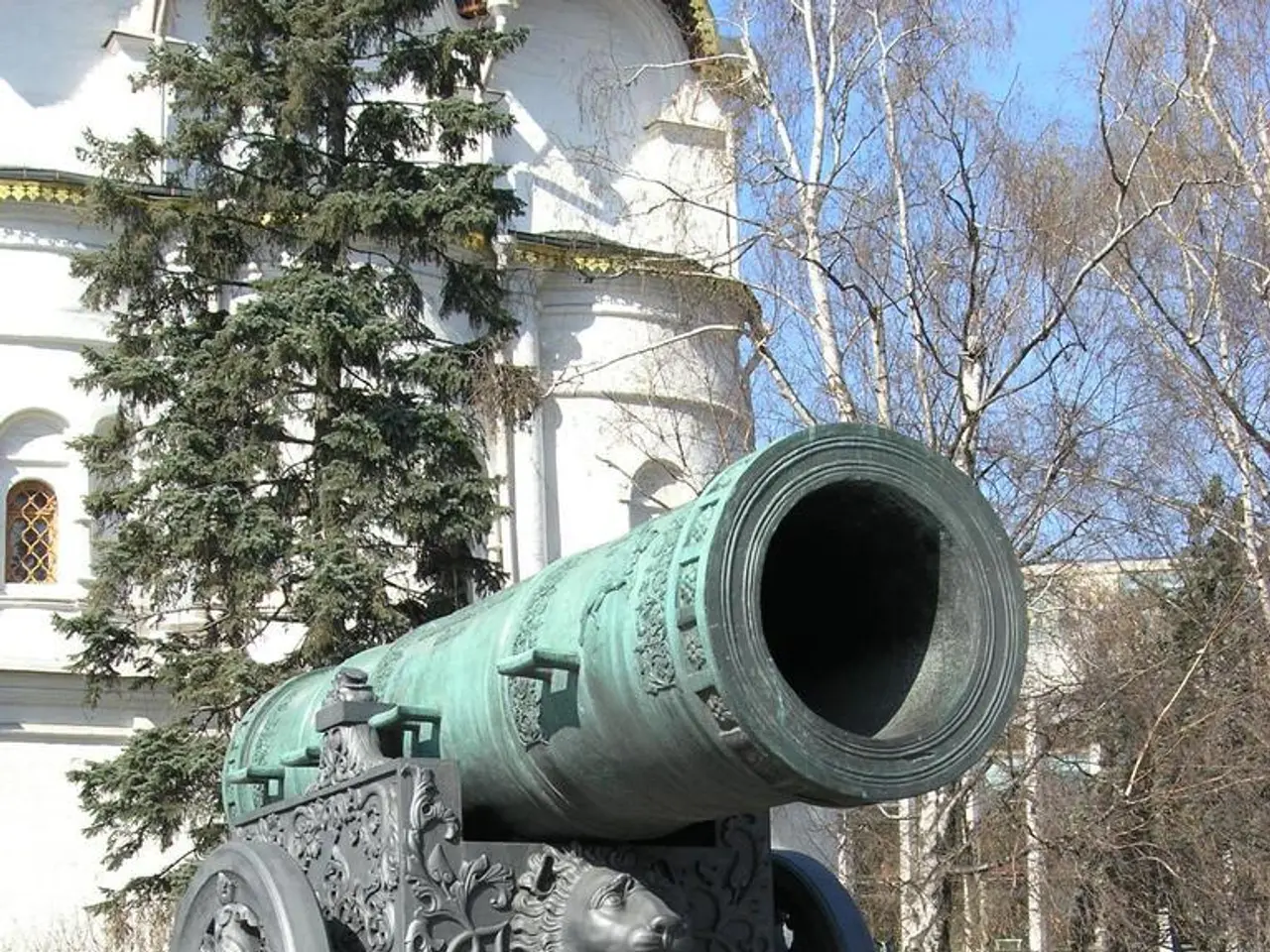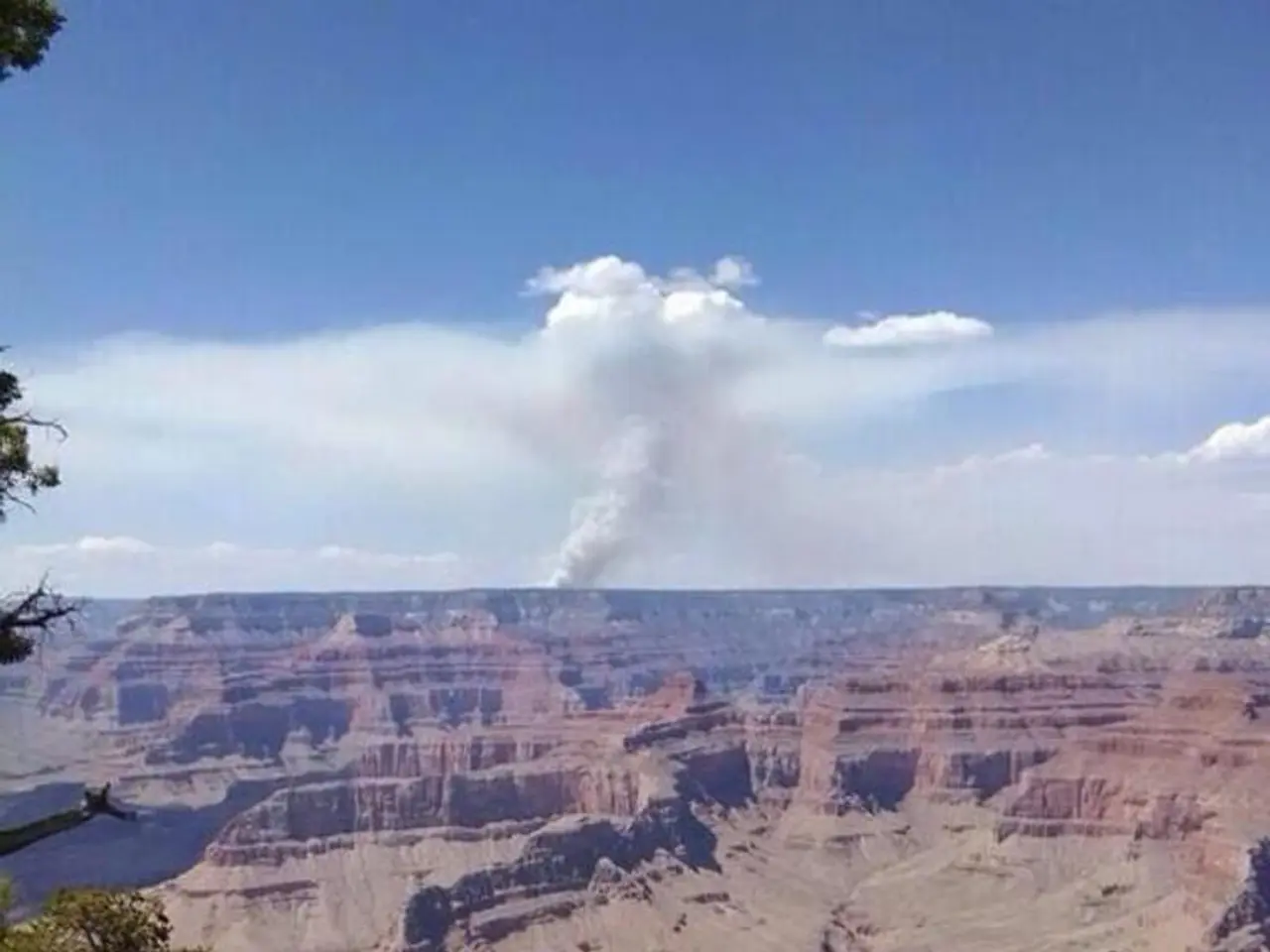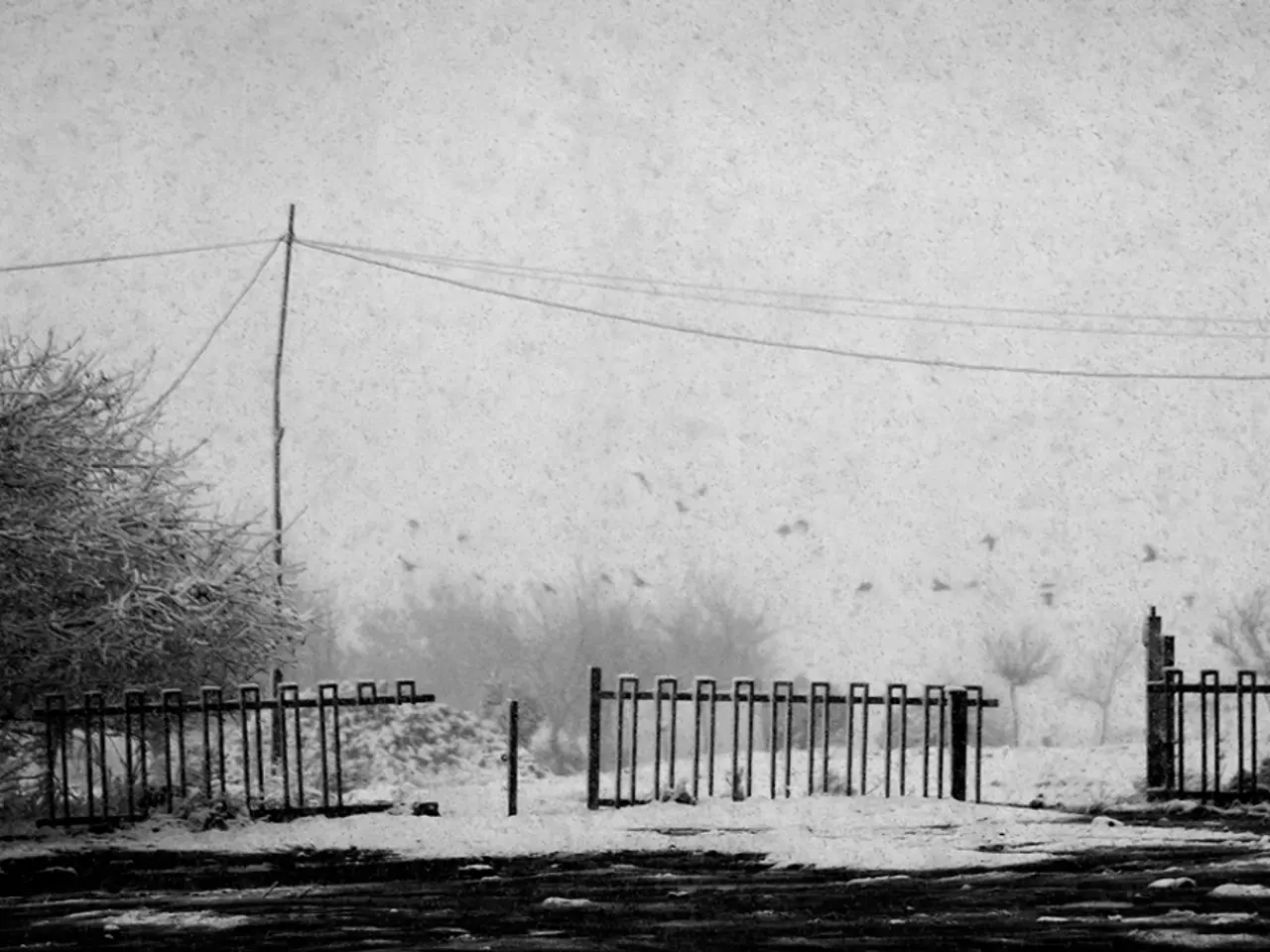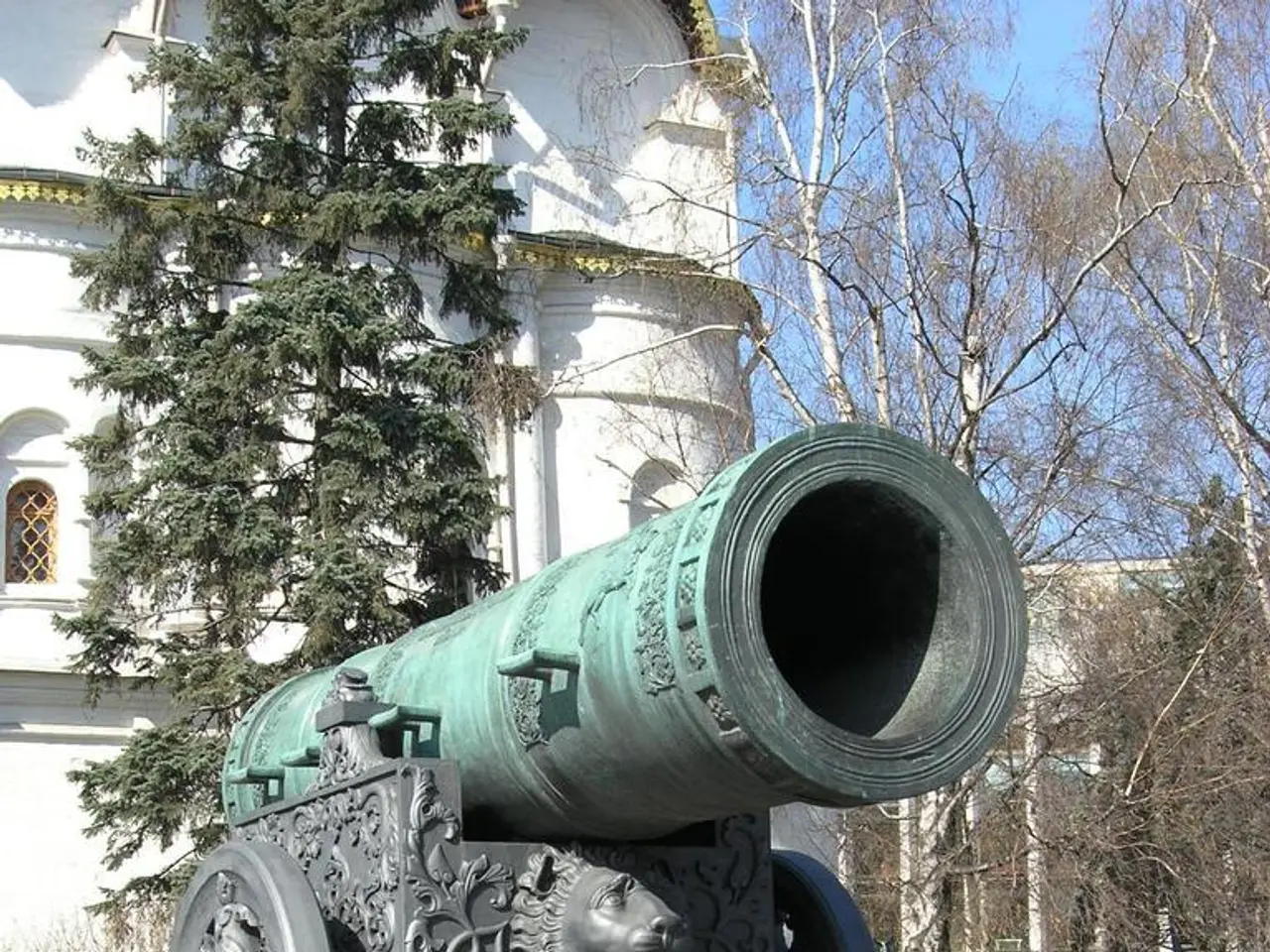Seismic activity triggers tsunami warnings across the Pacific Rim following an 8.8 magnitude earthquake near Russia.
In a dramatic turn of events, an 8.8 magnitude undersea megathrust earthquake struck off the eastern coast of Russia's Kamchatka Peninsula on July 30, 2025. This seismic event, which is tied as the sixth-strongest earthquake ever recorded worldwide and the largest since the 2011 Tōhoku earthquake, has caused widespread impacts across Pacific nations.
The earthquake occurred approximately 119 km east-southeast of Petropavlovsk-Kamchatsky, a city of 165,000 people. Local evacuations were initiated, and several people were injured in Kamchatka Krai, with moderate damage reported in Kamchatka and Sakhalin Oblast. The region experienced over a dozen aftershocks, including some up to magnitude 7.5, which are expected to continue for a month.
Shortly after the quake, the Klyuchevskaya Sopka volcano on Kamchatka began erupting, linking seismic and volcanic activity.
The earthquake triggered a tsunami with waves between 10 to 13 feet (3 to 4 meters) in Severo-Kurilsk, a far-eastern Russian port town of around 2,000, causing flooding and prompting a full evacuation. Tsunami warnings and watches were issued not only in Russia but across Pacific countries including Japan, Alaska, Hawaii, and parts of the U.S. West Coast such as California. There were ongoing concerns about tsunami waves arriving and their impact on coastal infrastructure in these regions.
The seismic event occurred in a subduction zone within the Pacific "Ring of Fire," an area known for major seismic and volcanic activity connected with tectonic plate movements. The event's proximity to active volcanoes and the historical linkage to other catastrophic seismic events underscore the potential for secondary hazards including landslides and liquefaction. Monitoring continues via USGS and other international geological services, with emphasis on tsunami risk assessment and aftershock activity.
Notably, the Marquesas Islands in French Polynesia experienced waves smaller than expected, between 1.1 and 2.5 meters, prompting residents to evacuate to higher ground as a precaution. In Peru, tsunami warnings have been issued, with coastal monitoring in effect. However, no specific evacuation orders have been mentioned for areas outside of Chile, Peru, and the Marquesas Islands.
In Chile, a red alert has been declared for the entire coastline, including Easter Island. Residents in coastal zones have been ordered to evacuate, and President Gabriel Boric has urged calm and compliance with safety measures. As of now, no specific information about potential damage or casualties has been provided.
This seismic event marks one of the most powerful natural shocks in recent years, unleashing energy comparable to 1 trillion kilograms of TNT. The global community remains vigilant, with ongoing monitoring and response efforts in place to manage the aftermath of this significant event.
Environmental scientists are closely monitoring changes in the weather patterns and geological activity following the 8.8 magnitude undersea earthquake in the Pacific 'Ring of Fire'. General news outlets are reporting on the ongoing aftershocks, tsunami risks, and potential secondary hazards such as landslides and liquefaction.








